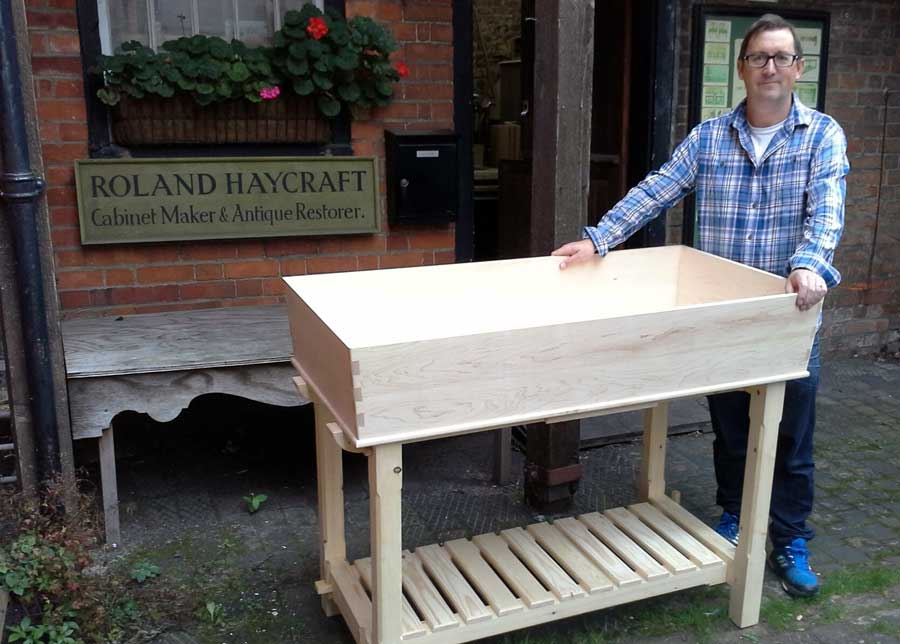Sustain / Real Bread Campaign / Articles
Off-Grid baking
Microbaker Jon Rees on how he became a baker and why he decided to go ‘off-grid’.

I spent a decade building a company, I’d become a workaholic and my work/life needed balance. Baking helped provide the headspace to make that change.
Change began in 2010 when my wife booked me onto a sourdough baking course at Natural Bread near Oxford and I took a trip round Wessex Mill, also in Oxfordshire. I came home with the flu but also with some beautiful loaves. I was smitten. I began baking sourdough regularly. Not pretty loaves, but strongly sour in flavour. You can’t buy bread like that. I was inspired by the mill printing the name of the farm on each bag of flour. That’s provenance.
The sourdough and my love of Neapolitan pizza melded. I built a one-metre Pompeii-style brick oven for the best results. Months later I’d stuffed the family with pizza and I turned to bread baking. Each year I learnt through courses and visits to PANARY in Dorset, Aston’s Bakehouse in Berkshire and The Bertinet Kitchen in Bath. I met, and was inspired by, my bread heroes.
Lightbulb moment
The scale of my home baking grew until someone said my bread reminded her of Poilâne loaves. Then after a local summer fayre, someone rang to say “it reminds me of the bread I ate as a child in Sicily.” That was the lightbulb moment. It was finally good enough to sell.
Then, just after a Rofco oven course at Brook Food in Somerset with Adam Pagor of Season bakery in Greenwich*, I exchanged an ISA for a spiral mixer and a B40 oven, and by New Year 2017 White Horse Bakehouse was open for business. My best sellers are strongly aromatic sourdoughs made with organic stoneground flours and orange blossom brioche.
Going off-grid
As an aside I’m exploring what I call ‘off-grid baking’. I’ve co-designed a French-style pétrin (dough trough) with another local artisan, furniture maker Roland Haycraft, which we have updated for the 21st century. Our pétrin can be taken apart and stored in the trough, has carry handles, it is of a height better suited for a modern stature to avoid back injury. The trough is anti-microbial maple hardwood and the lid and stand can be used without the trough as a table.
I’m experimenting with real sourdough made without electricity from organic, stoneground flour from Foster’s Mill near Cambridge, tap water and unrefined sea salt. The dough is hand mixed and baked in my brick oven, fired only with wood from local, sustainable sources.
Off-grid baking probably isn’t financially sustainable unless done at scale, but doing it proves we can do without the grid, and the flavour is special. I believe that a brick oven bread is better than all else, while hand mixing makes the cost of getting into baking low, and you learn to interpret the dough by touch.
Our first pétrin can probably hold in excess of 60kg of dough through batch fermentation, and it’s a great proving box. I would be happy to connect with any other bakers out there who would like a similar beautiful but utilitarian object. I’m also looking for potential collaborators to take some of these ideas forward in a sustainable social enterprise business in Oxfordshire.
I left my role as a chief executive in 2015 and, now that I bake fortnightly alongside my day job, I’ve never been happier.
*2019 update: Adam now runs Grain and Hearth in Whitstable [ed.
Originally published in True Loaf magazine issue 36, July 2018.
Published Monday 9 December 2019
Real Bread Campaign: Finding and sharing ways to make bread better for us, our communities and planet.

